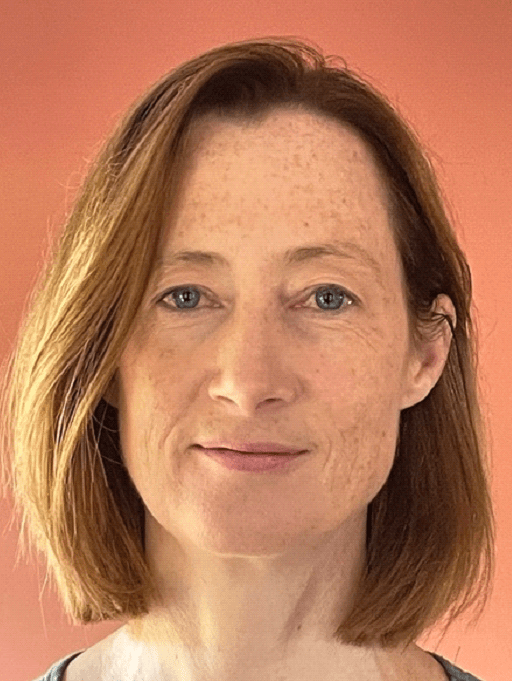Narrowband ultraviolet (NbUVB) phototherapy treatment is often used in psoriasis as a second-line treatment if the response to topical treatments has been insufficient, prior to the use of systemic therapies. NbUVB is very effective in clearing psoriasis for 63%-86% of patients, but the length of remission after treatment can vary among patients. A greater focus on precision medicine approaches for the management of chronic diseases seeks to enhance treatment on a patient-by-patient basis and increase effective utilization of hospital resources. However, there is limited research that focused on determining which factors impact phototherapy response and length of remission.
For a paper published in the Journal of the European Academy of Dermatology and Venereology, we first aimed to determine whether specific biomarkers correlated with remission duration and, secondly, with psoriasis clearance at the end of phototherapy treatment. In addition, my colleagues and I examined whether early trajectory of UVB clearance was tied to last clearance results.
We conducted a prospective cohort study of 100 adult patients with psoriasis routinely prescribed NbUVB and evaluated selected clinical and biochemical biomarkers, including weekly Psoriasis Area and Severity Index (PASI) scores. Patients were followed up for 18 months
Clearance trajectory can predict final outcome
Our study team found that the median time to relapse was 6 months (95% CI, 5–18) if 90% clearance (PASI90) was attained and 4 months (95% CI, 3–9) if less than PASI90 was achieved. Reaching 100% clearance did not lead to sustained remission. At the time of NbUVB completion, the median final PASI (n = 96) was 1.0 (interquartile range, 0.5-1.6), with 78 patients (81%) achieving PASI75 and 39 (41%) achieving PASI90.
Our research indicates no one baseline factor can be used to predict remission in isolation. However, the factors that were more likely to be important (ie, they met the 20% significance level) were baseline PASI, duration of psoriasis, BMI, cumulative NbUVB dose, smoking, and joint involvement. We found that elevated BMI and positive smoking status predicted poorer phototherapy response. In addition, for the first time, we have demonstrated that PASI clearance trajectory during the first 2-3 weeks of UVB treatment can predict psoriasis clearance (Table). This is a critical step toward developing personalized prescribing for patients with psoriasis, which can now be formally tested in clinical trials.
100% Clearance Not Important for Long-Term Remission
There are key takeaways from our study. First, 100% clearance isn’t as important as getting nearly clear or 90% clear. Our patients often ask, at 90% clearance, if they can continue treatment until they are completely clear. However, our research does not support that as being important for long-term remission. Our findings may also help us better select patients who will do well with phototherapy. Patients who are heavy smokers and/or overweight may not be good candidates for phototherapy in terms of clearance, but this may present an opportunity to have a conversation encouraging them to lose weight or quit smoking.
For future research, my colleagues and I would like to investigate the importance of the frequency of NbUVB phototherapy treatment. We typically administer it three times per week, but perhaps poor responders would benefit from a more intense treatment regime such as five times per week. Our study team is currently conducting a trial to see if this improves outcomes for this subset of patients. We would also like to see a continued search for good biomarkers, especially ones that can predict treatment response from the outset. This will allow optimization of resources and save patients time and money.
Similarly, it is important to consider the mechanism of action to clear psoriasis. NbUVB is one of the few treatment modalities to switch off psoriasis completely for a time; most systemic drugs offer excellent control, but only while taking them. NbUVB is, therefore, a useful modality to study as it may give insights into drug design, which can lead to better remission without the need for continual treatment, enabling patients to obtain a better quality of life.
Visit physweekly.com/podcast for the full interview with Sophie C. Weatherhead, MD, PhD!


 Martta Kelly
Martta Kelly